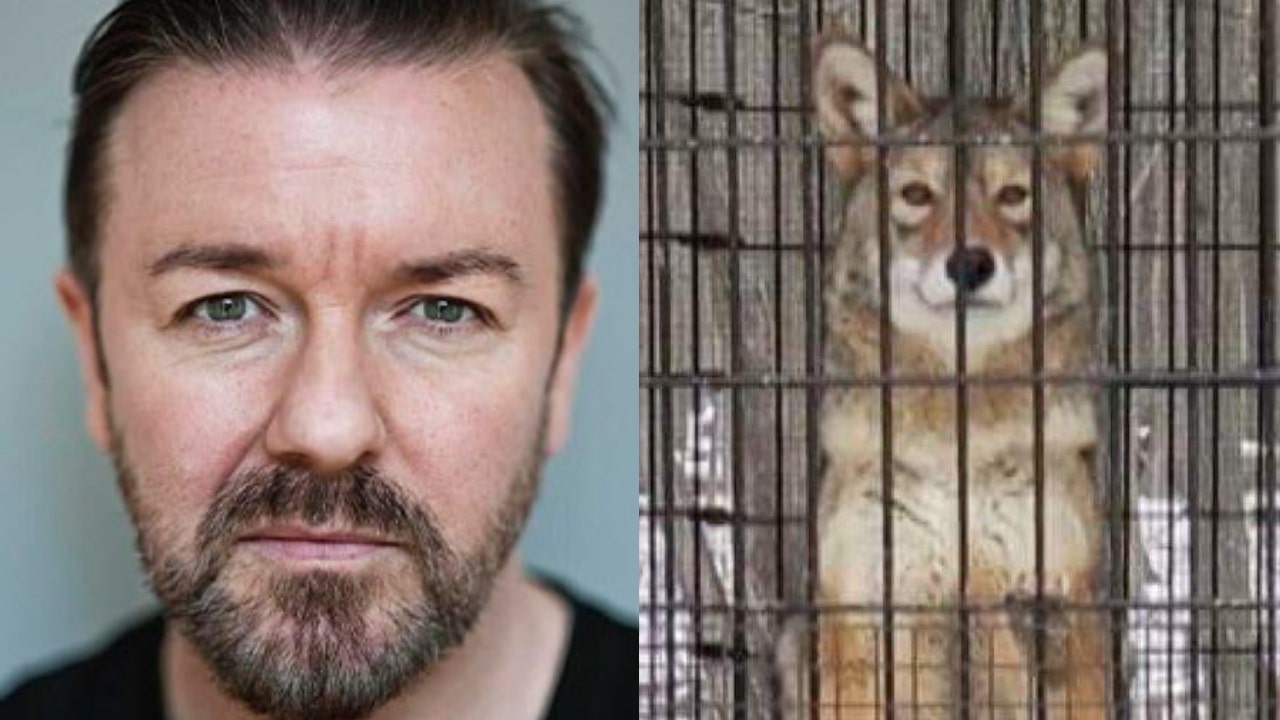Colorful Parrots That Brighten the Wild

Table of Contents
The world’s rainforests, savannas, and coastal regions are alive with the vivid calls and plumage of Parrots. Renowned for their intelligence and dazzling colors, these birds are more than ornamental marvels of nature. They embody the essence of biodiversity, serving as both ecological players and symbols of exotic beauty.
A Tapestry of Parrots Colors
Their plumage paints the skies with hues ranging from emerald green and sapphire blue to fiery scarlet and golden yellow. Each species exhibits its own palette, often adapted for camouflage or mating displays. The Hyacinth Macaw, with feathers as deep as twilight, contrasts sharply with the radiant Scarlet Macaw, whose red wings light up the canopy. These avian gems make their environments vibrant, almost surreal.
Parrots Voices of the Forest
Beyond their appearance, these birds are masters of sound. They mimic calls, human voices, and even environmental noises with astonishing precision. Their vocalizations play crucial roles in bonding, territory defense, and group coordination. This auditory brilliance, paired with sharp intelligence, sets them apart as some of the most communicative creatures in the animal kingdom.
Social Bonds and Behavior
Life within their flocks is a testament to community and loyalty. Pairs often remain bonded for life, sharing responsibilities from nest-building to feeding their young. Within groups, complex hierarchies emerge, demonstrating problem-solving skills and cooperation. Such behavior reflects their advanced cognition, rivaling that of primates in many ways.
Ecological Importance
These birds contribute significantly to the ecosystems they inhabit. By dispersing seeds and maintaining plant diversity, they serve as gardeners of the forest. Their feeding habits, which include fruits, nuts, and flowers, help regenerate vegetation. In this way, their existence ensures the balance and resilience of habitats that countless species depend on.
Parrots Cultural and Symbolic Value
For centuries, humans have admired them, weaving them into myth, art, and ritual. Ancient civilizations viewed them as emissaries of the gods, while modern cultures often associate them with freedom and exotic allure. Their presence in art and storytelling underscores their ability to captivate imaginations across time and geography.
Conservation Challenges
Despite their beauty and adaptability, many species face grave threats. Deforestation, habitat loss, and illegal trade have decimated populations worldwide. Some, like the Spix’s Macaw, teeter on the edge of extinction, victims of human greed and environmental neglect. Protecting them requires global awareness and sustained conservation initiatives.
Efforts Toward Protection
Sanctuaries, breeding programs, and international treaties seek to preserve these birds for future generations. Community-based projects in regions like South America and Oceania empower local populations to protect forests and safeguard wildlife. Conservation is not merely about saving birds but about preserving the intricate web of life they support.
The Human Connection
Those who encounter them in the wild or captivity often form deep connections. Their intelligence and expressiveness foster bonds that transcend species. While this makes them alluring as pets, the ethics of captivity remain controversial. True appreciation lies in witnessing them thrive in their natural realms, where their colors and calls belong.
A Future of Possibility
The fate of these birds depends on choices made today. By valuing biodiversity, supporting ethical practices, and demanding stronger protections, humanity can ensure their survival. Their brilliance deserves to remain a feature of wild landscapes, not merely relics of memory.
These radiant creatures symbolize the splendor and fragility of the natural world. Their colors illuminate the forests, their voices echo through canopies, and their presence sustains ecosystems. Protecting them is not just about conserving birds but about honoring the vibrancy of life itself.




